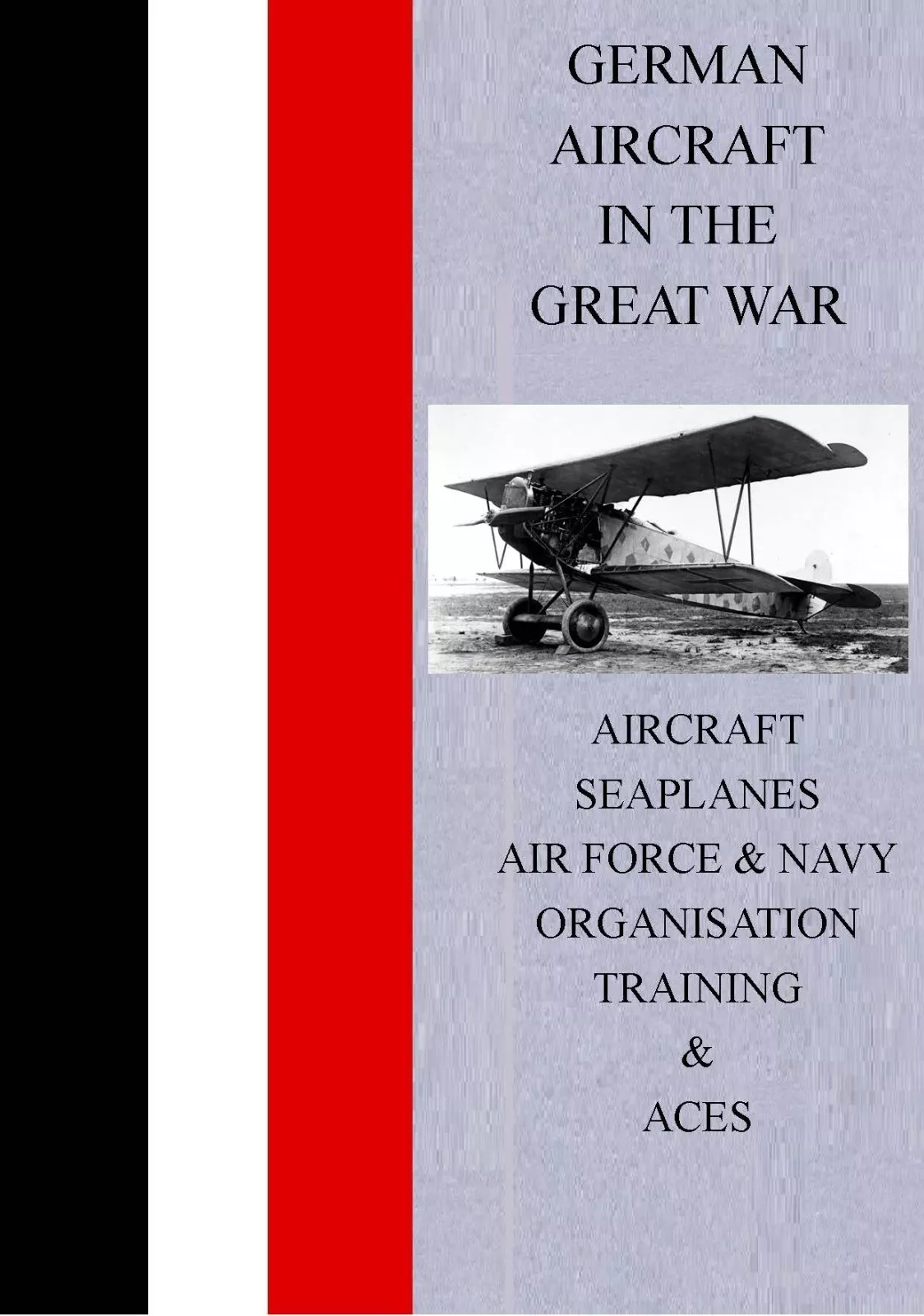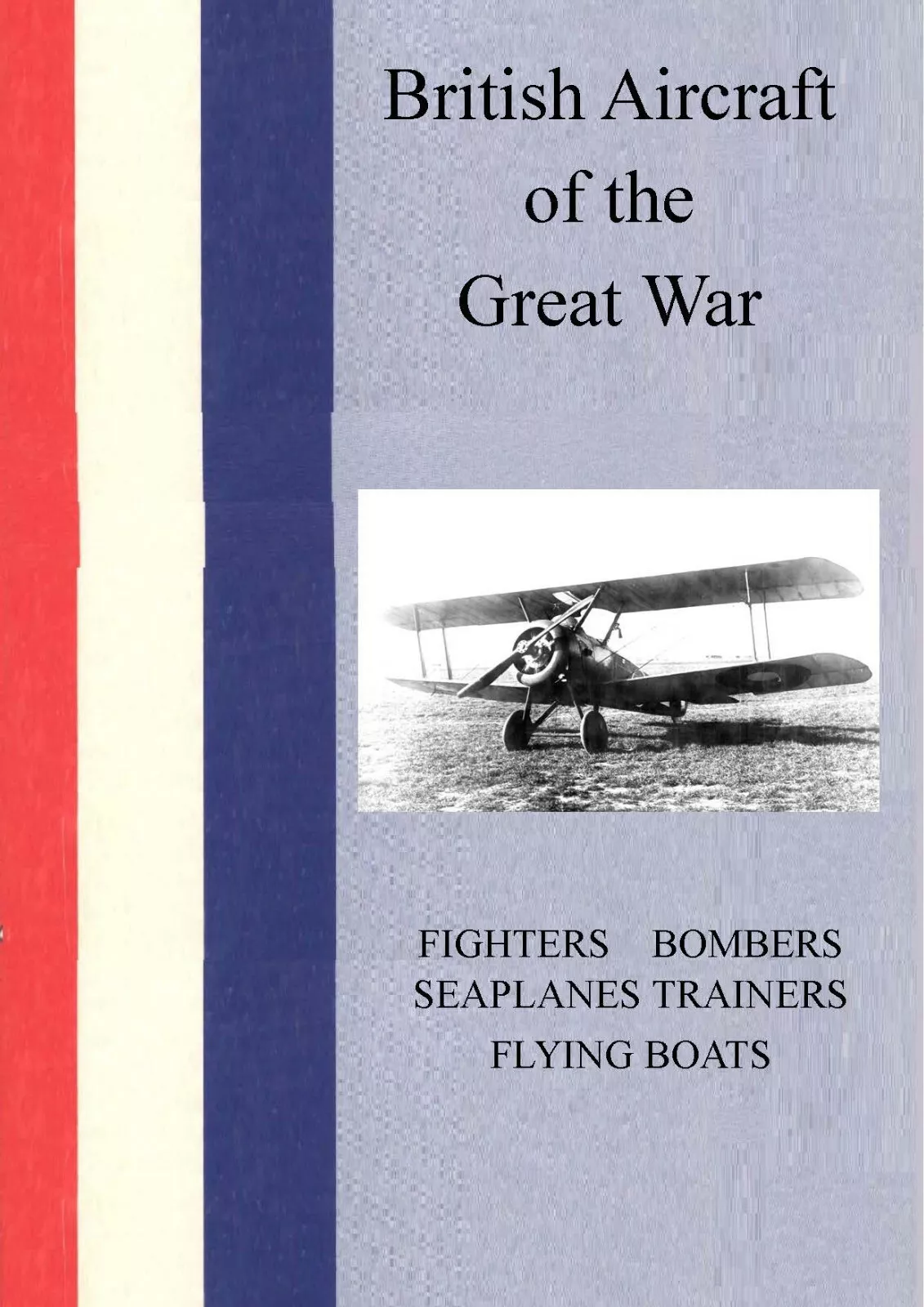German fighter development from Taube to Albatros and Fokker types.
Introduction: German Aviation Innovation
German aviation in the Great War progressed from pre‑war experimentation to a tightly integrated system of design, production, and operational doctrine. Based on comprehensive research documented in Charles E. MacKay's authoritative work German Aircraft in the Great War 1914-1918, this Enhanced Edition provides a structured, research‑grounded account of that transformation: technical design, manufacturing practice, frontline employment, and the institutional learning that created air superiority episodes and informed post‑war aviation.
The book German Aircraft in the Great War provides for the first time in print a complete breakdown of the organisation and the German system of supply. This comprehensive 256-page work with over 200 original black and white pictures and drawings commences with early German aviation to the opening of Johannisthal airfield in 1909 and the growth of Anthony Fokker and his aircraft. For the first time a complete and accurate account of the formation of German aviation and German military aviation which is based on Allied intelligence and newly translated archive documents. The industry reports are based on the inspections of the League of Nations Inter-Allied Control Commissions on aviation 1919 - 1926. This comprehensive documentation ensures that German aviation development is properly understood within the broader context of Great War aviation.
Within four years, Germany fielded aircraft from reconnaissance monoplanes to refined fighters such as the Albatros series and Fokker D.VII, while evolving tactics, training, and logistics at unprecedented speed. Understanding this transformation provides valuable insights into how integrated air systems determine operational effectiveness.
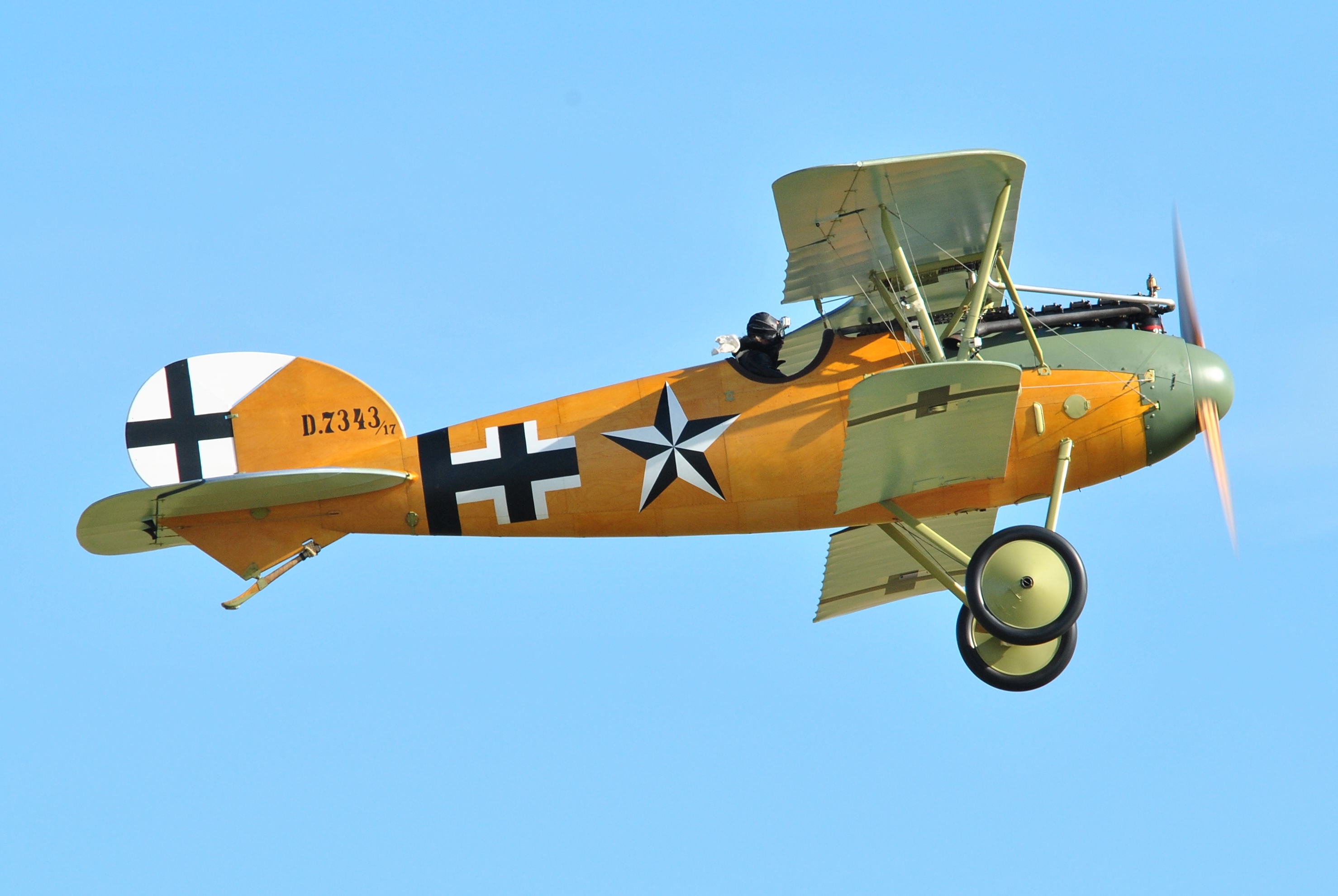
Early German Aviation: Johannisthal and Pre-War Foundations
The book commences with early German aviation to the opening of Johannisthal airfield in 1909 and the growth of Anthony Fokker and his aircraft. Johannisthal airfield represented a crucial foundation for German aviation development, providing facilities for testing, training, and aircraft production. This early aviation infrastructure supported the rapid expansion of German military aviation during the Great War.
Germany entered the war with an energetic community of engineers, craftsmen, and pilots nourished by pre‑war aeroclubs, exhibitions, and competitions. Firms such as Albatros, Rumpler, and Aviatik had begun codifying design rules of thumb: wing loading bands for controllability, bracing geometry for structural efficiency, and practical engine installations that balanced cooling, drag, and maintainability. This body of tacit knowledge became the substrate for wartime scaling.
The industrial baseline included wood supply chains, plywood manufacturing, precision machine shops, and a measurement culture fostered by the German technical universities and state arsenals. Naval procurement norms — documentation, inspection, and progressive acceptance — were readily transferred into aviation. As the air service matured, inspectors and factory representatives co‑created quality systems sophisticated enough to support high sortie rates at the front.
Anthony Fokker and Aircraft Innovation
The book describes the growth of Anthony Fokker and his aircraft, demonstrating how individual innovation shaped German aviation development. Fokker's contributions to fighter design, particularly synchronization gear, revolutionized aerial combat. Understanding Fokker's role provides valuable insights into how technical innovation influenced tactical development.
Anthony Fokker's forward‑firing, propeller‑synchronized gun transformed tactics in 1915. The Eindecker's single‑seat layout, with the aircraft aimed as the gun, created the canonical fighter role. Mechanically, cam‑driven interrupter gear demanded precision timing, robust linkages, and careful maintenance; operationally, it permitted concentration of fire without complex flexible mounts. The "Fokker Scourge" reflected not only hardware advantage but also the rapid codification of aiming, convergence, and burst discipline in pilot training.
The comprehensive documentation of Fokker's development ensures that his contributions to German aviation are properly recognized. Fokker's aircraft designs demonstrated how technical innovation could create tactical advantages.
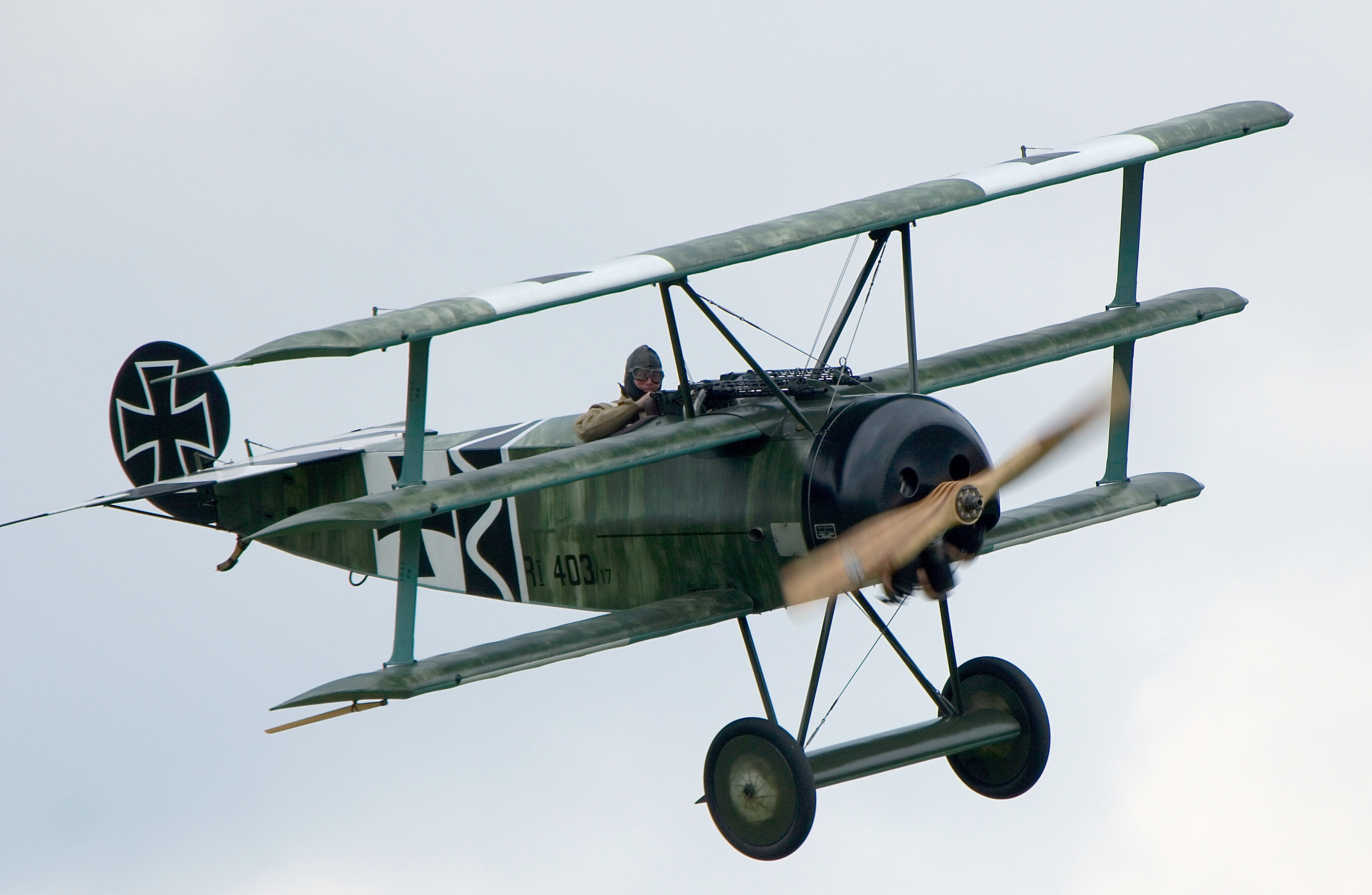
German Aviation Organization and Supply System
The book provides for the first time in print a complete breakdown of the organisation and the German system of supply. This comprehensive documentation demonstrates how German aviation organization supported operational effectiveness. Understanding this organization provides valuable insights into how integrated systems determine campaign outcomes.
German aviation organization evolved from pre-war foundations to support wartime operations. The system integrated design, production, training, and logistics into a coherent whole. The comprehensive documentation of organization ensures that German aviation systems are properly understood.
The supply system enabled sustained operations despite material constraints. German management of spares, fuel, and logistics demonstrated how operational systems could support tactical effectiveness. The comprehensive documentation of supply systems ensures that operational realities are properly preserved.
Early War: Taube and Reconnaissance Monoplanes
Early reconnaissance success rested on stable monoplanes such as the Rumpler Taube, derived from Etrich's design. Its bird‑inspired wing planform yielded inherent stability useful for observation and photography, but modest power and limited agility soon proved insufficient in contested airspace. The early lesson was decisive: stability alone did not confer survivability where interception was possible. Air combat as a distinct discipline emerged alongside this realization.
The Taube's operational experience demonstrated how early reconnaissance aircraft provided valuable intelligence despite vulnerabilities. The comprehensive documentation of early operations ensures that reconnaissance contributions are properly recognized.
Albatros Ascendancy: Structure and Power
From late 1916 the Albatros D‑series married Mercedes inline engines to streamlined plywood semi‑monocoque fuselages. This structural approach delivered high stiffness‑to‑weight with smooth external forms that reduced drag. Production efficiency benefited too: molded shells and standardized frames lent themselves to repeatable assembly and repair. The result was a step‑change in climb, speed, and diving strength, culminating in the dominance of spring 1917 ("Bloody April").
Wing structural issues — notably lower‑wing failures on certain variants — required design remediation: spar reinforcement, revised rib spacing, and flight envelope cautions. The episode illustrates the iteration cycle: frontline feedback → factory fix → revised acceptance → updated pilot notes. German industry's capacity to propagate changes quickly was a competitive advantage in 1917–1918.
The Albatros series demonstrated how integrated design could create superior fighters. The comprehensive documentation of Albatros development ensures that mid-war German fighter achievements are properly recognized.
Powerplants: Mercedes, BMW, and Rotary Alternatives
Inline water‑cooled engines (Mercedes D.III family, later BMW IIIa) offered altitude performance, reliability, and consistent cooling. Rotary engines persisted where agility was prioritized, but torque effects and maintenance burdens limited their late‑war appeal. Carburation for altitude, fuel quality management, and radiator shutter discipline entered pilot training syllabi as engineering constraints translated into cockpit procedures.
The BMW IIIa engine represented a significant advance in altitude performance, enabling fighters to operate effectively at high altitudes. The comprehensive documentation of engine development ensures that powerplant achievements are properly recognized.
Materials and Methods: Wood, Plywood, and Adhesives
German fighters demonstrated the high ceiling of wood construction. Carefully selected spruce, ash, and birch plywood, bonded with casein or emerging synthetic adhesives, produced shells capable of handling flight loads while streamlining manufacturing. Finish systems balanced moisture protection with weight; inspection regimes focused on bond lines, fittings, and fastener torque — a language familiar to shipyard‑trained inspectors redirected into aviation.
The comprehensive documentation of materials and methods ensures that German construction techniques are properly understood. These techniques demonstrated how careful materials selection and construction methods could create superior aircraft.
Aerodynamics, Control, and Handling
Mid‑war German designs emphasized low‑drag fuselage shaping, refined radiator placement, and control harmony that privileged precision gunnery. Aileron balance, elevator gearing, and fin area tuning produced predictable response. Dive behaviour — a critical escape mode — was improved with structural attention and cooling management to avoid cavitation and radiator bursts at high dynamic pressure.
The comprehensive documentation of aerodynamic development ensures that German design achievements are properly recognized. These achievements demonstrated how careful aerodynamic design could enhance combat effectiveness.
Two‑Seaters and the Reconnaissance System
Two‑seat reconnaissance aircraft remained the backbone of operational intelligence. Camera mounts, drift sights, heated clothing, and message‑drop containers were standardized. Escort doctrines matured: altitude stacks, rendezvous timing, and fallback headings were briefed with map discipline inherited from artillery cooperation. German units increasingly treated the two‑seater not as prey but as a node in a defended information network.
The comprehensive documentation of reconnaissance operations ensures that two-seater contributions are properly recognized. These aircraft provided essential intelligence despite operational vulnerabilities.
Jagdstaffeln, Grouping, and Command
Fighter units (Jagdstaffeln) concentrated talent, mentorship, and maintenance capability. Leaders such as Boelcke systematized combat rules — height advantage, mutual support, focus fire, disengagement discipline — while Richthofen enforced unit standards and aircraft readiness. Groupings into Jagdgeschwader provided mass at decisive points, translating technical quality into operational effect.
The book includes orders of battle of the German squadron in the field on the Western Front. This comprehensive documentation demonstrates how German fighter organization supported operational effectiveness. Understanding this organization provides valuable insights into how unit structure influences combat effectiveness.
The book describes the aces Oswald Boelcke and Max Immelmann with new information. These aces demonstrated how leadership and tactics could amplify technical advantages. The comprehensive documentation of aces ensures that tactical contributions are properly recognized.
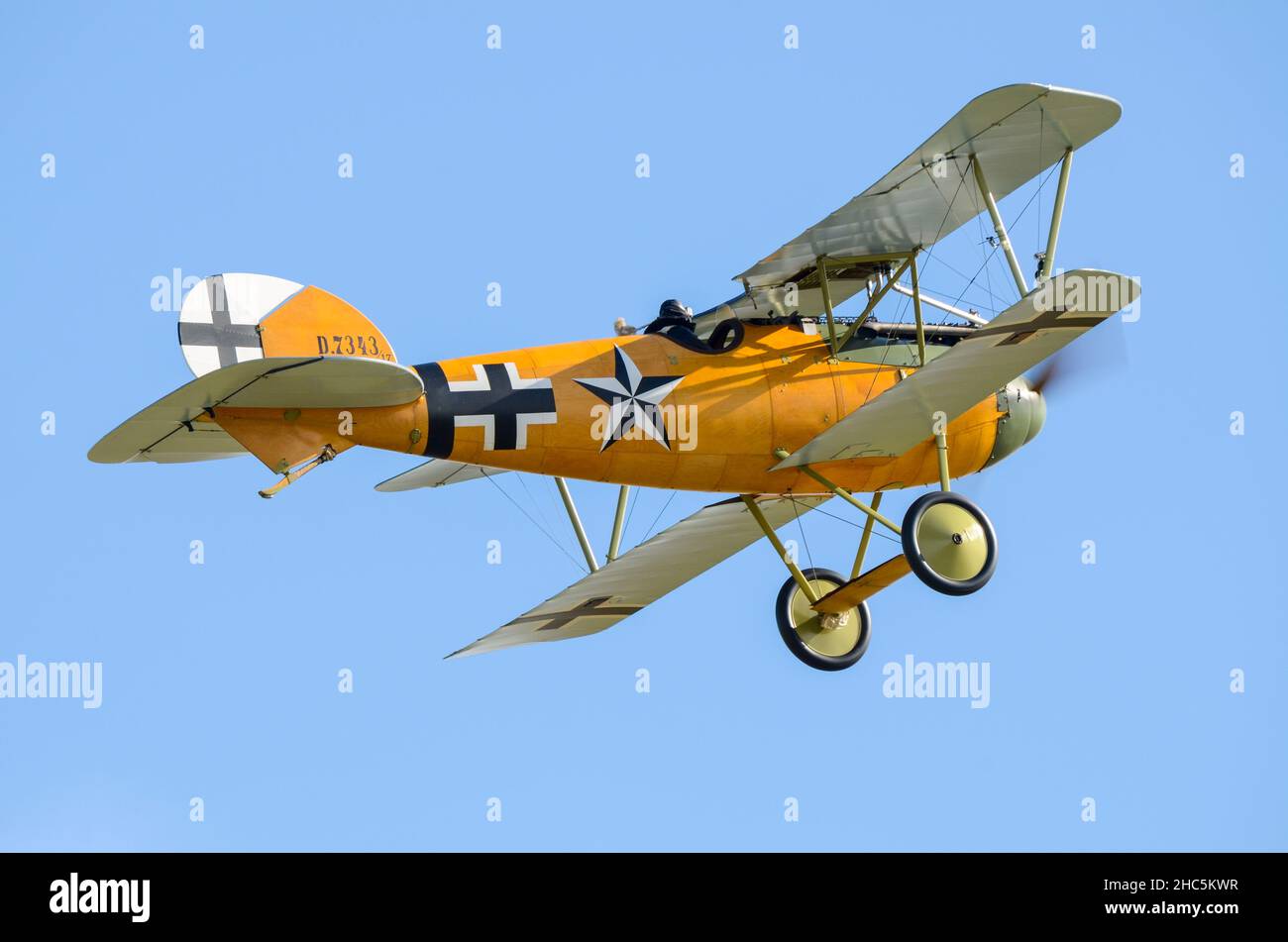
Manfred von Richthofen: The Red Baron
The book includes an accurate account of the loss of Manfred von Richthofen with his autopsy report, proving Brown did not shoot him down. This comprehensive documentation ensures that Richthofen's loss is properly understood. The comprehensive documentation of Richthofen's career ensures that his contributions to German aviation are properly recognized.
Richthofen enforced unit standards and aircraft readiness, demonstrating how leadership could influence operational effectiveness. The comprehensive documentation of Richthofen's leadership ensures that tactical contributions are properly preserved.
Fraulein Mellie Beese: First German Woman Pilot
The book includes Fraulein Mellie Beese, the first German woman pilot who set up a training school at Johannisthal Berlin. This comprehensive documentation demonstrates how women contributed to German aviation development. Understanding Beese's contributions provides valuable insights into how training supported aviation expansion.
Beese's training school at Johannisthal provided essential pilot training that supported German aviation operations. The comprehensive documentation of Beese's contributions ensures that women's roles in German aviation are properly recognized.
German Naval Air Arm: Marine-Fliegerabteilung
For the first time there is a complete description of the German Naval Air Arm the Marine-Fliegerabteilung in the First World War with orders of battle, including Armistice Day 1918 and the air arm's dominance over the English Channel with the Flanders Flight gaining air superiority. (Included are the giant Riesenflugzeuge aeroplanes and their raids on London.)
The book includes lists of German aerodromes and the organisation of the German Naval Air Arm in November 1918 (Orders of Battle). This comprehensive documentation demonstrates how German naval aviation operated independently from land-based aviation. Understanding naval aviation operations provides valuable insights into how maritime air power developed.
The Flanders Flight gaining air superiority over the English Channel demonstrated how German naval aviation could achieve localized advantages. The comprehensive documentation of naval aviation operations ensures that maritime contributions are properly recognized.
Naval aviation advanced seaplane operations, coastal patrol, and early deck handling, paralleling British efforts. Zeppelin reconnaissance provided strategic reach; coordination with aeroplanes for scouting and defense informed later doctrines of layered maritime air power. Though post‑war policy curtailed airship ambitions, the systems engineering lessons persisted.
Riesenflugzeuge: Giant Bombers and London Raids
The book includes details of the giant Riesenflugzeuge aeroplanes and their raids on London. There are orders of battle of the German squadron in the field on the Western Front and the deployment of the German bomber force the Giants - the Riesenflugzeuge. Including Linke Hofmann, Staaken, D.F.W. Zeppelin giant bombers.
The Riesenflugzeuge represented German efforts to create strategic bombing capability. These giant bombers demonstrated how German aviation sought to extend operations beyond tactical support. The comprehensive documentation of Riesenflugzeuge operations ensures that strategic bombing efforts are properly recognized.
London raids by Riesenflugzeuge demonstrated how German aviation could threaten strategic targets. The comprehensive documentation of these raids ensures that strategic bombing operations are properly preserved.
Zeppelin Staaken: All-Metal Aircraft Innovation
There is fresh information on the all-metal Zeppelin Staaken based on the League of Nations inspection reports of the Inter-Allied Control Commissions: the inspectors found a second Staaken air liner in production. This too is supported with fresh drawings and pictures.
The Zeppelin Staaken all-metal aircraft represented advanced German aircraft construction. The discovery of a second Staaken airliner in production demonstrated how German aviation continued development despite war constraints. The comprehensive documentation of Staaken development ensures that all-metal aircraft achievements are properly recognized.
Maintenance, Field Mods, and Sortie Generation
Frontline maintenance balanced scheduled inspections with battlefield improvisation. Carburettor tuning for local fuel, radiator shutter modifications, gun heater fixes, and winter covers illustrated a culture of applied engineering. Tool control, spares accounting, and engine‑hour tracking supported sortie generation, the ultimate operational metric.
The book describes the German aircraft industry, spares supply and the aftermath of the Armistice including the Amerika Programme and the Hindenburg plan. Includes all the aviation firms and their designations. This comprehensive documentation demonstrates how German industry supported operations. Understanding industry organization provides valuable insights into how production systems influenced operational effectiveness.
Training Squadrons and Depots
The book includes emphasis on the training squadrons and depots. Training matured from ad‑hoc beginnings to formal curricula: solo progression, gunnery, formation, and engine management. Oxygen deprivation, cold, and fatigue shaped flight limits; clothing, cockpit ergonomics, and briefed rest cycles were practical mitigations long before formal human‑factors study.
The comprehensive documentation of training ensures that pilot development is properly understood. Training systems supported operational effectiveness by producing skilled pilots capable of exploiting aircraft advantages.
Signals, Photography, and Intelligence
Wireless sets, camera systems, and map production were as important as airframes. Reliable photography demanded vibration control, exposure discipline, and precise navigation; wireless made artillery cooperation decisive. The aviation enterprise became an information enterprise, with aircraft as sensors feeding headquarters cycles measured in hours rather than days.
The comprehensive documentation of signals and intelligence ensures that information systems are properly recognized. These systems demonstrated how aviation provided essential intelligence despite operational constraints.
Comparative Perspective: Britain and France
German strengths — integrated structure/engine design, semi‑monocoque craftsmanship, and unit doctrine — met Allied strengths in production volume, diverse supplier bases, and resilient logistics. When Allied numerical mass combined with competitive types (S.E.5a, SPAD XIII) and improving tactics, the balance shifted. The late‑war Fokker D.VII restored qualitative edge but could not overcome systemic constraints.
The comprehensive documentation of comparative perspectives ensures that campaign dynamics are properly understood. These comparisons demonstrate how operational systems determine campaign outcomes.
Fokker D.VII: Late‑War Apex and Fate
The D.VII's thick‑section, high‑lift wing provided benign stall and strong vertical performance. With the BMW IIIa at altitude, climb and sustained turn were exceptional. Structural simplicity aided production and field repair. The Armistice's specific clause demanding D.VII surrender reflected its reputation — a rare acknowledgement of a type's battlefield significance in a diplomatic instrument.
The book includes special mention of the Fokker D.VII and its fate. This comprehensive documentation ensures that D.VII's significance is properly understood. The Armistice clause demanding D.VII surrender demonstrated how Allied recognition of the aircraft's effectiveness influenced post-war negotiations.

Economy, Labour, and Home‑Front Constraints
Blockade pressure stressed materials, fuels, and lubricants. Substitution policies, rationed alloying elements, and labour turnover complicated quality assurance. German management responded with tighter inspection spans and simplified designs where possible, but strategic scarcity ultimately bounded operational tempo.
The book describes the aftermath of the Armistice including the Amerika Programme and the Hindenburg plan. This comprehensive documentation demonstrates how German aviation planning extended beyond immediate operational needs. Understanding these programmes provides valuable insights into how strategic planning influenced aviation development.
Armistice and Inter-Allied Control Commissions
The industry reports are based on the inspections of the League of Nations Inter-Allied Control Commissions on aviation 1919 - 1926. This comprehensive documentation demonstrates how Allied inspection revealed German aviation capabilities. Understanding these inspections provides valuable insights into how post-war assessment influenced aviation development.
The Inter-Allied Control Commissions inspections documented German aviation industry capabilities and limitations. The comprehensive documentation of these inspections ensures that post-war assessment is properly understood.
Legacy and Post‑War Influence
German wartime innovations — semi‑monocoque wood fuselages, synchronized armament integration, altitude engine development, and unit doctrine — seeded inter‑war design practice across Europe and the United States. The talent diaspora, coupled with licensing and study of surrendered aircraft, spread methods globally. The throughline from Albatros craft to later stressed‑skin metal designs is a story of continuity in analysis, tooling, and production discipline.
The comprehensive documentation of post-war influence ensures that German aviation legacy is properly recognized. German innovations influenced inter-war design practice across Europe and the United States.
Conclusion: The Integrated Air System
Germany's Great War aviation story is not merely a catalogue of types; it is the emergence of an integrated air system: design, engines, manufacturing, training, doctrine, and intelligence. Within severe constraints, German engineers and airmen created episodes of marked superiority and a technical legacy that endured. Understanding how structure, powerplant, unit practice, and supply interlock explains both the mid‑war ascendancy and the late‑war limits — lessons as relevant to modern aerospace as to historians of 1914–1918.
The comprehensive documentation provided in Charles E. MacKay's German Aircraft in the Great War 1914-1918 ensures that this remarkable story is preserved for future generations.
The book is not a compendium of Wikipedia articles, this is an original work and is not an on-demand print or a compilation of search answers from web sites. This rigorous approach to research ensures factual accuracy and comprehensive coverage. The comprehensive documentation of German aviation development creates a valuable resource for researchers studying World War I aviation, German technology development, and operational history.
Further Reading and Related Works
For comprehensive coverage of German aircraft development and related topics, explore these authoritative works by Charles E. MacKay:
- German Aircraft in the Great War 1914-1918 — Comprehensive 256-page work with over 200 original black and white pictures and drawings, providing for the first time in print a complete breakdown of the organisation and the German system of supply, including early German aviation, Johannisthal airfield 1909, Anthony Fokker growth, German Naval Air Arm (Marine-Fliegerabteilung), Flanders Flight air superiority, Riesenflugzeuge London raids, aces (Richthofen, Boelcke, Immelmann), Fraulein Mellie Beese, German aircraft industry, Amerika Programme, Hindenburg plan, orders of battle, training squadrons, Zeppelin Staaken airliner, Fokker D.VII fate, and Inter-Allied Control Commissions reports
- British Aircraft of the Great War — Comparative Allied development
- British Aircraft: RFC & RNAS — Comparative Allied development
- Sopwith Camel: The WWI Fighter That Won Air Superiority — Counter‑point to Albatros and Dr.I experience
Related Articles
- British Aircraft: RFC & RNAS — Comparative Allied development
- Sopwith Camel — Counter‑point to Albatros and Dr.I experience
References
- Royal Air Force Museum — Aircraft Collection — Royal Air Force Museum
- Imperial War Museums — Aviation History Articles — Imperial War Museums
- FlightGlobal Archive — FlightGlobal

